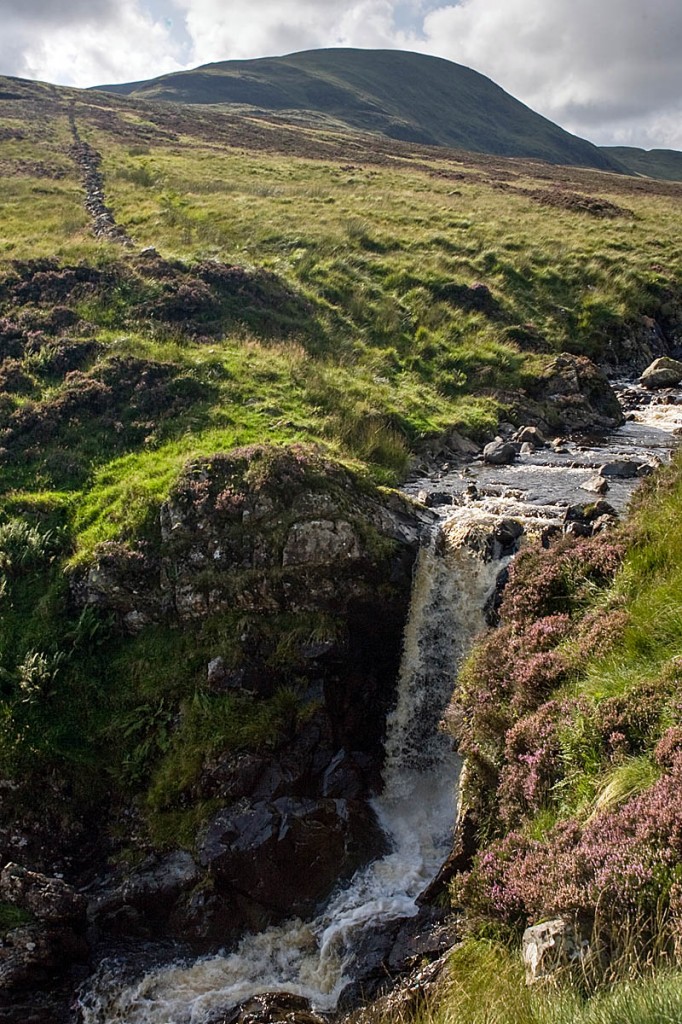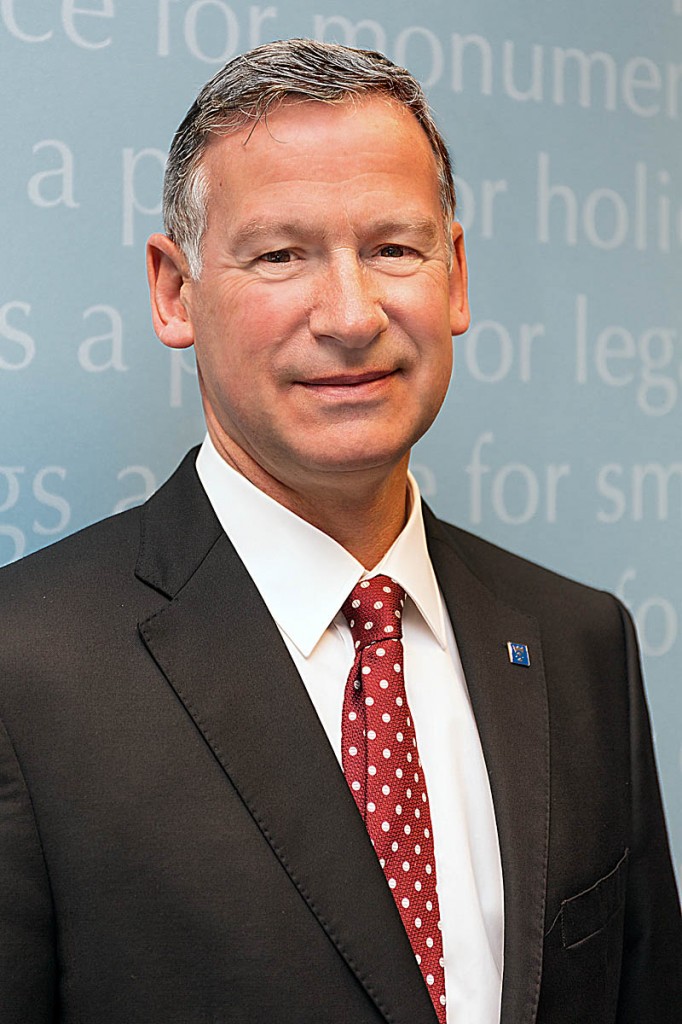The National Trust for Scotland is preparing to re-open some of its properties as the Scottish Government continues its easing of lockdown.
The charity also revealed the coronavirus has put a major strain on its finances, with 400 of its staff at risk of redundancy.
Many of the nation’s prime mountain countryside was closed by the NTS as part of the response to the pandemic. Though the charity hopes to open many of its buildings, some will be closed until next season. The lack of income from visitors means the trust is facing a cash shortage.
NTS said it is already beginning to remove barriers at sites such as Ben Lawers and the Corrieshalloch Gorge, for local exercise within government guidance.
A trust spokesperson said: “With access to other types of properties and travel from further afield expected to be permitted under stage three of the route map, trust staff are also beginning to prepare for this, making sure processes are in place to ensure the safety of staff and visitors and to uphold social distancing, particularly in enclosed grounds and gardens.”
Other areas expected to open shortly for local exercise include Goatfell on Arran; Kintail; the Grey Mare’s Tail in the Moffat Hills; West Affric; and Ben Lomond.
The trust’s chairman Sir Mark Jones said: “Our core purpose is to protect Scotland’s heritage for the benefit of everyone; we exist to ensure that people can access and enjoy the places we care for.
“I’m therefore delighted and encouraged to see that the Scottish Government has laid out the conditions and stages that now begin the process of allowing us to start welcoming our members and visitors again. I know from the many messages we have received that people are sorely missing our wonderful landscapes.
“Initially visitors will be returning to our natural heritage sites and I hope people will abide by the Scottish Government’s restrictions that enable local travel only. In other words, stay local, stay safe and please don’t travel more than five miles to reach our properties.
“This is not just a civic duty but also for the wellbeing of rural communities.
“I must also point out that local travel excludes Canna and Fair Isle and sea-borne visitors should stay away in order to protect island residents.
“Notwithstanding the acute problems we are working though due to the loss of half of our income, our dedicated teams are now making places ready and safe for the return of visitors.
“Although it seems self-evident that nature takes care of itself, that isn’t strictly true. Landscapes do need to be managed, habitats need to be guarded, footpaths need to be repaired and gardens and woodlands need to be tended, and we’ve been doing as much as we can during lockdown.
“Even though our magnificent countryside belongs to us all, and we revel in Scotland’s unique ‘right to roam’, the reality is that our stewardship of the natural environment in our care costs money.
“That’s why in our hour of need, we’re asking for help so that we can keep doing what we do to safeguard our unrivalled landscapes.”
In early May, when the trust first announced its financial challenges and resultant emergency measures, the charity confirmed that it did not anticipate opening more than half of its built-heritage properties again this year due to a number of factors.
Current chief executive Simon Skinner added: “I said at the outset that the trust is in trouble through no fault of our own – our only way back is to take action now and make some difficult choices.
“We are going to have to live within our means – not just at the moment while lockdown is still effectively in full force, but in the coming months too when such public sector support as there is dries up and the wider visitor economy remains badly wounded.
“We have already missed the busiest season for some properties, and it simply isn’t viable to re-open them in the latter part of the year. So, we will keep them closed until the ‘new’ season begins in Easter of 2021. Having said that, in some cases where the historic building or centre is closed, it will still be possible to admit visitors to grounds and gardens.
“In a few cases, such is the unsuitable configuration of the buildings in terms of social distancing, or the scale of their running costs, that we will have to consider keeping them closed longer – perhaps into 2022 – until when we hope conditions will have improved sufficiently to bring about a return to better days.
“We have approached the Scottish Government for financial support and, if this were forthcoming, it may allow us to open more properties more quickly.
“Nonetheless, if people want to help us recover faster, going beyond basic survival, I urge them to support us by remaining as members or donating to our new emergency appeal.
“We have always existed for the benefit for the people of Scotland as funded by our members and supporters. With a little more help we can save the trust and in turn we can return to saving Scotland’s national treasures at our full capacity.”


R Mckay
13 June 2020I parked at Lawers last week and went up Beinn Ghlas and Ben Lawers. I'm done listening to Nicola and her stooges, there is zero risk on the hills.